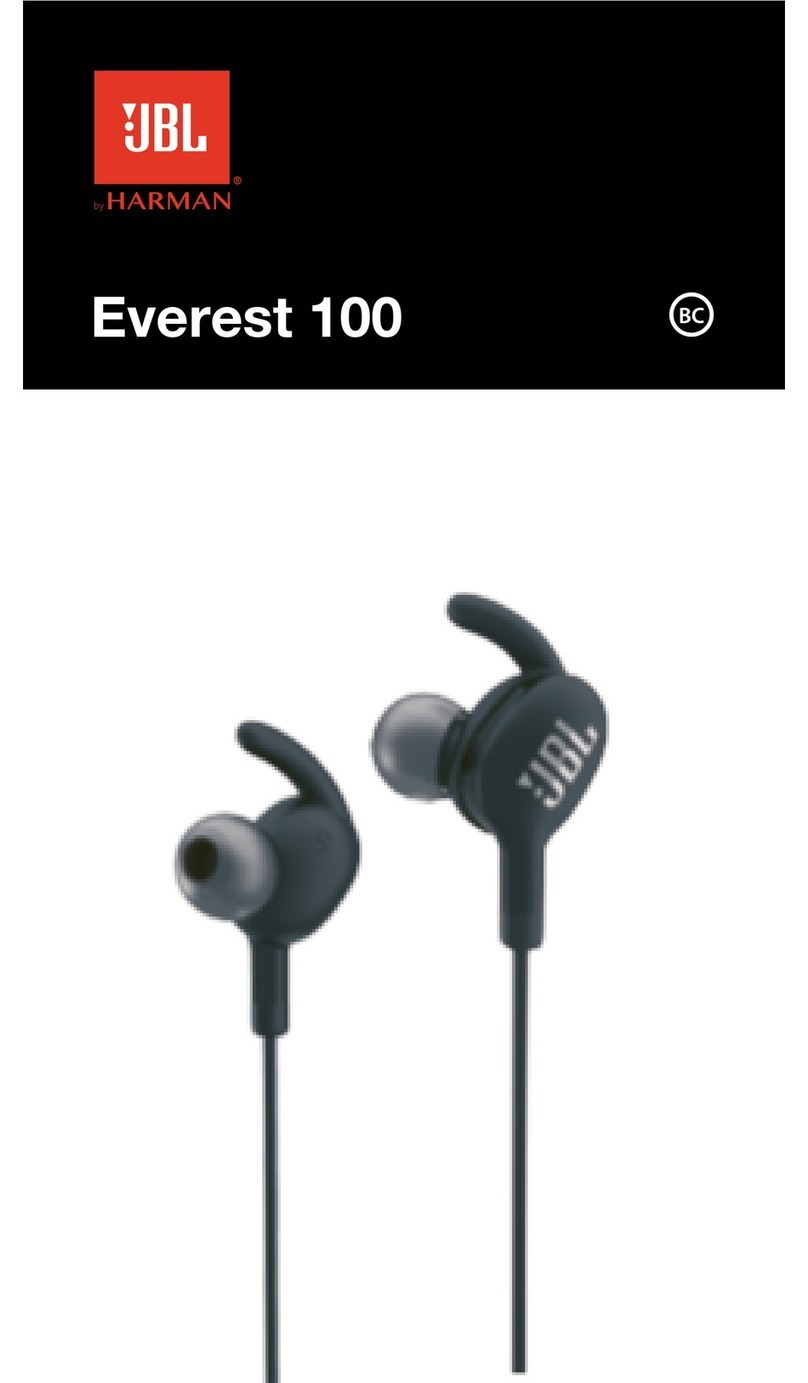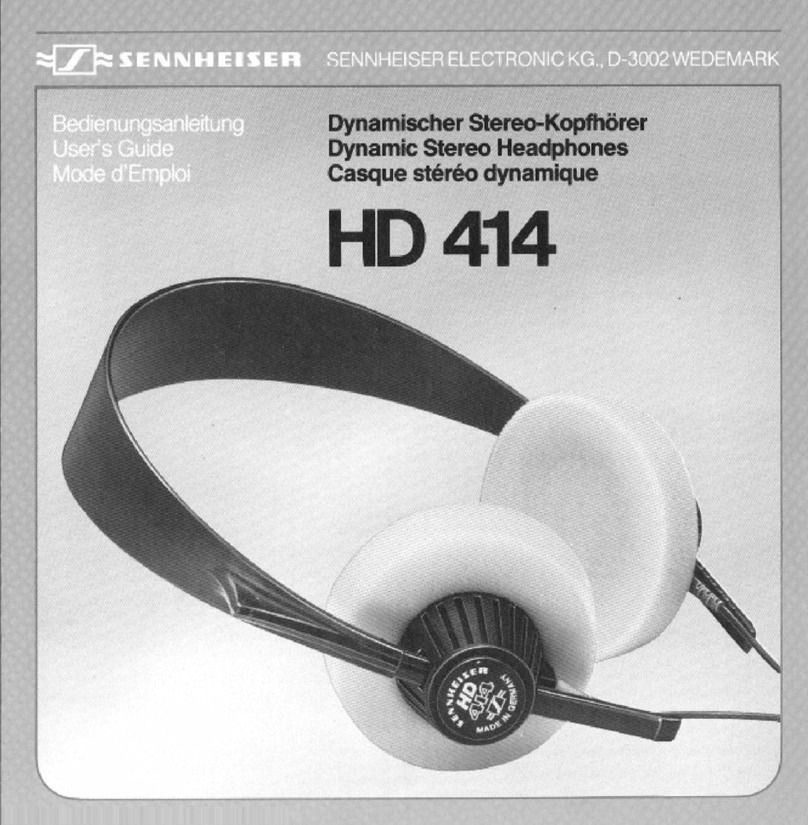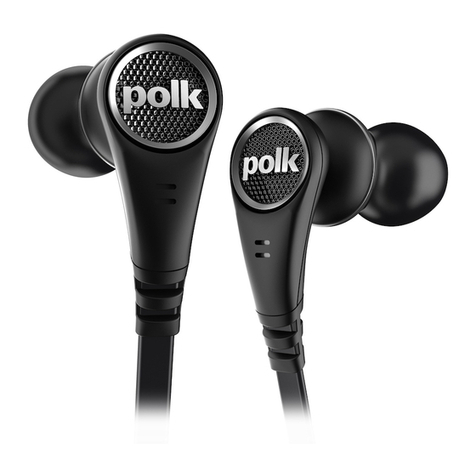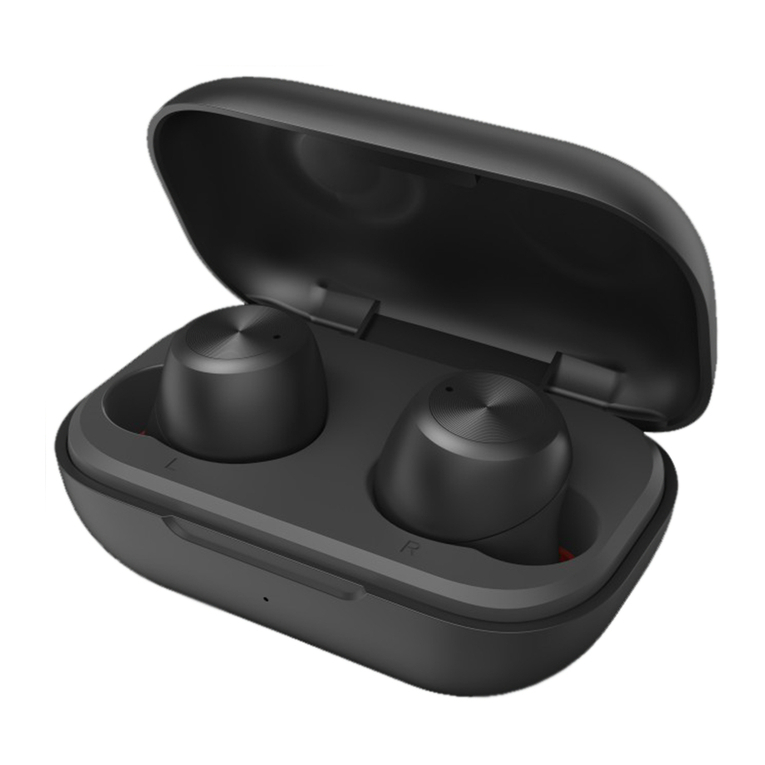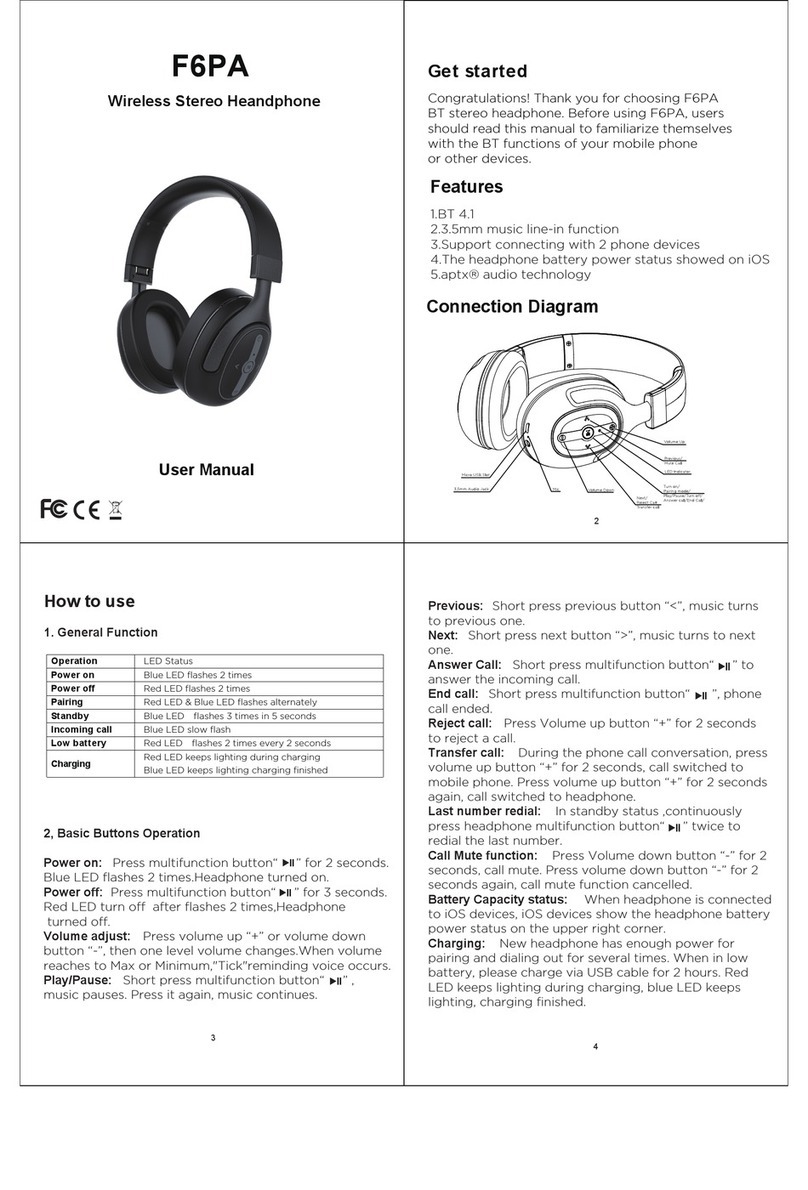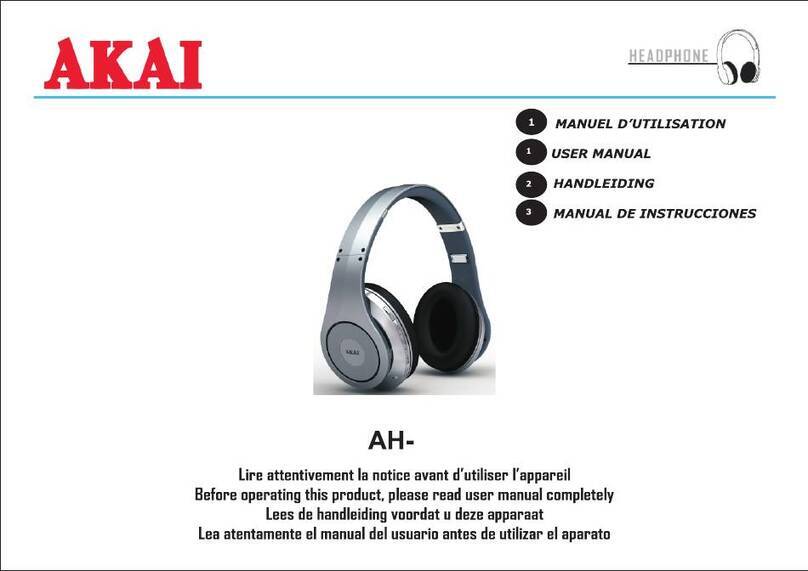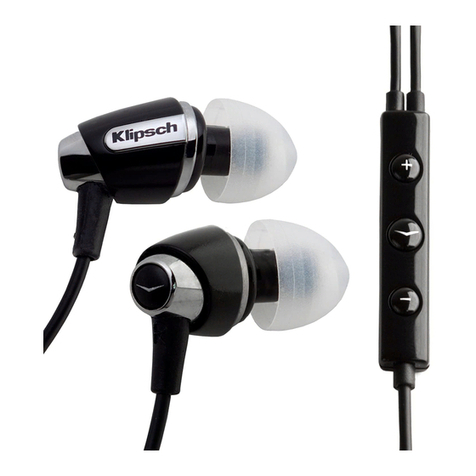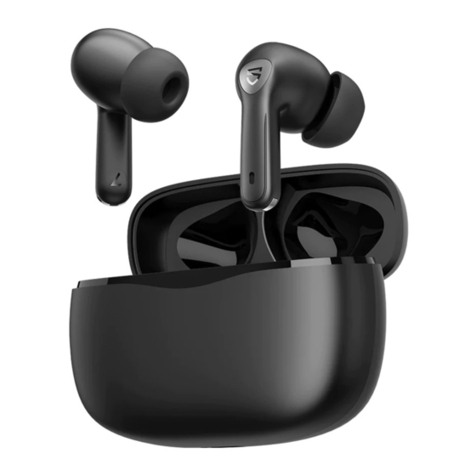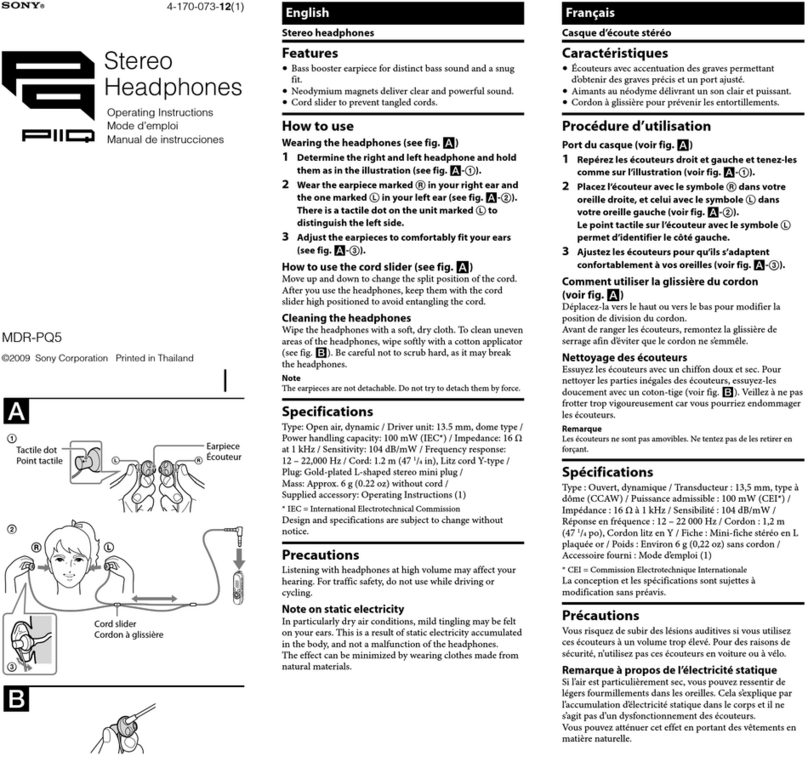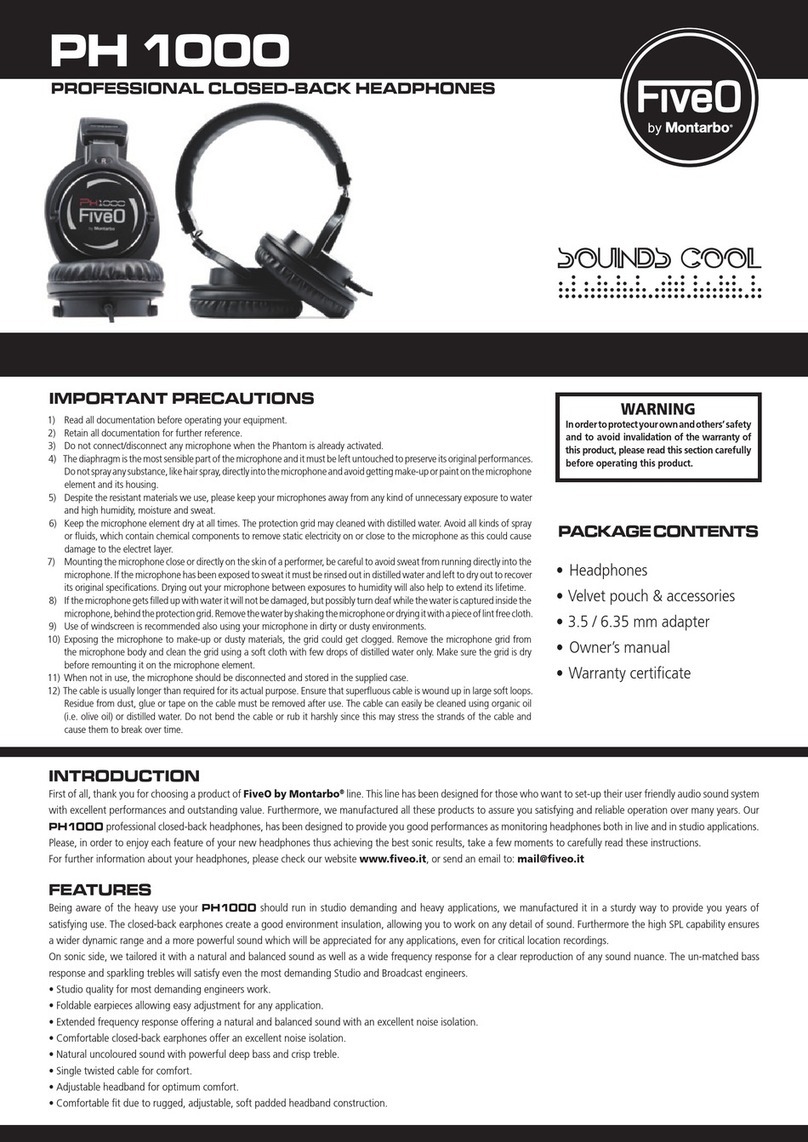JBL TUNE600BTNC User manual

i D-000168 Rev 02 ANCA Motion
LinX Series Linear Motor - User
Guide
D-000168 Rev 02

Page intentionally left blank

LinX Series Linear Motor - User Guide
ANCA Motion D-000168 Rev 02 iii
LinX Series Linear Motor - User Guide
Document Reference: D-000168 Rev 02
Effective: 25-08-2017
© ANCA Motion Pty. Ltd.

LinX Series Linear Motor - User Guide
iv D-000168 Rev 02 ANCA Motion
Page intentionally left blank

LinX Series Linear Motor - User Guide
ANCA Motion D-000168 Rev 02 v
Chapter Summaries
1
Safety
General product safety information
4
System Design
How to design a LinX system for your application
3
Product Overview
About LinX, features, catalogue number interpretation
2
Introduction
About this user guide, terms and abbreviations
10
Product, Sales and Service Enquiries
How to contact ANCA Motion with your enquiries
5
Specifications
Electrical, thermal and mechanical
6
Installation
Mechanical, electrical and servo drive configuration
7
Maintenance
Suggested activities for a LinX system
8
Accessories
Accessories for the LinX system
9
Appendix
Additional information

LinX Series Linear Motor - User Guide
Table of Contents
Safety.................................................................................................................................................................11
General Safety........................................................................................................................................11.1
Introduction.......................................................................................................................................................32
About this User Guide.............................................................................................................................32.1
Terms and Abbreviations ........................................................................................................................32.2
Trademarks.............................................................................................................................................32.3
Product Overview.............................................................................................................................................43
About LinX...............................................................................................................................................43.1
Features..................................................................................................................................................43.2
The LinX System.....................................................................................................................................53.3
Product Range........................................................................................................................................63.4
Catalogue Number Interpretation............................................................................................................63.5
System Design..................................................................................................................................................84
System Components...............................................................................................................................84.1
Cylindrical Linear Motor...........................................................................................................................84.2
Application.................................................................................................................................84.2.1
Shaft..........................................................................................................................................84.2.2
Forcer........................................................................................................................................94.2.3
Brake.......................................................................................................................................114.2.4
Vertical Applications................................................................................................................124.2.5
Support and Bearings ...........................................................................................................................124.3
Shaft........................................................................................................................................124.3.1
Forcer......................................................................................................................................134.3.2
Cable Carrier...........................................................................................................................134.3.3
Servo Drive ...........................................................................................................................................134.4
Linear Encoder......................................................................................................................................144.5
Resolution................................................................................................................................144.5.1
Magnetic Encoders..................................................................................................................144.5.2
Sensors.................................................................................................................................................144.6
End Stop Sensors....................................................................................................................144.6.1
Home Sensor...........................................................................................................................144.6.2
Temperature Sensor................................................................................................................144.6.3
Operating Environment .........................................................................................................................154.7
Multi-Axis Systems................................................................................................................................164.8
Single Forcer...........................................................................................................................164.8.1
Multi Forcer..............................................................................................................................174.8.2
Multi Forcer with a Single Drive...............................................................................................174.8.3
Specifications.................................................................................................................................................195

LinX Series Linear Motor - User Guide
ANCA Motion D-000168 Rev 02 vii
Electrical................................................................................................................................................195.1
Air-Natural Cooling Behaviour.................................................................................................205.1.1
Fluid Cooling Behaviour ..........................................................................................................205.1.2
Force vs. Speed Characteristics ...........................................................................................................205.2
Mechanical............................................................................................................................................235.3
Forcer......................................................................................................................................235.3.1
Shaft........................................................................................................................................235.3.2
Connector................................................................................................................................255.3.3
Installation ......................................................................................................................................................276
Unpacking.............................................................................................................................................276.1
Mechanical............................................................................................................................................276.2
Shaft........................................................................................................................................276.2.1
Forcer......................................................................................................................................296.2.2
Linear Encoder........................................................................................................................316.2.3
Electrical................................................................................................................................................326.3
Motor Power and Temperature Feedback...............................................................................326.3.1
Sensors ...................................................................................................................................326.3.2
Electromagnetic Compatibility (EMC)......................................................................................336.3.3
Servo Drive Configuration.....................................................................................................................336.4
Maintenance.................................................................................................................................................... 347
Accessories ....................................................................................................................................................358
LinX Power Connector ..........................................................................................................................358.1
Appendix.........................................................................................................................................................369
Motor Selection Guide...........................................................................................................................369.1
Application Continuous Force Calculation Example................................................................369.1.1
Duty Cycle Calculation ............................................................................................................379.1.2
Product, Sales and Service Enquiries..........................................................................................................3810


Safety
ANCA Motion D-000168 Rev 02 1
1
Safety1
WARNING: Cylindrical motor shafts contain powerful permanent magnets. People with pacemakers, AICD
or similar medical devices should maintain a minimum distance of 50cm from the shaft.
DANGER HIGH VOLTAGE: Ensure power has been completely disconnected before touching electrical
connections. Electrical shock can cause serious or fatal injury.
DANGER HIGH VOLTAGE: The system must be properly earthed before applying power. Ensure the
system has been earthed according to 6.3 Electrical. National and local electrical codes must be followed.
Electrical shock can cause serious or fatal injury.
WARNING: The motor shaft emits a very strong magnetic field. To avoid injury keep fingers and other body
parts clear and do not have any ferrous or magnetised material on your person (eg. watches, keys and
electronic devices) that could be attracted to the shaft.
This manual and the warnings attached to the LinX cylindrical linear motor only highlight hazards that can be
predicted by ANCA Motion. Be aware they do not cover all possible hazards.
ANCA Motion shall not be responsible for any accidents caused by the misuse or abuse of the device by the
operator.
Safe operation of these devices is your own responsibility. By taking note of the safety precautions, tips and
warnings in this manual you can help to ensure your own safety and the safety of those around you.
General Safety1.1
The following points must be understood and adhered to at all times:
Equipment operators must read the User Guide carefully and make sure of the correct procedure
before operating the LinX linear motor.
Memorize the locations of the power and drive isolator switches so that you can activate them
immediately at any time if required.
If two or more persons are working together, establish signals so that they can communicate to
confirm safety before proceeding to another step.
Be aware of the closest First Aid station.
Always make sure there are no obstacles or people near the devices during installation and or
operation. Be aware of your environment and what is around you.
Keep the vicinity of the LinX linear motor clean and tidy.
Take precautions to ensure that your clothing, hair or personal effects (such as jewellery) cannot
become entangled in the equipment.
Do not turn on any of the equipment without all safety features in place and known to be functioning
correctly. Never remove any covers or guards unless instructed by the procedures described in this
manual.
The magnetic and non-load bearing nature of the shaft means that operator interaction around the
shaft must be carefully considered. Ensure appropriate warnings and/or guards are installed to prevent
damage to the machine or operator.
Never touch any exposed wiring, connections or fittings while the equipment is in operation.
Visually check all switches on the operator panel before operating them.
Do not apply any mechanical force to the LinX linear motor which may cause malfunction or failure.
Never attempt cleaning or inspection during machine operation.

LinX Series Linear Motor - User Guide
2 D-000168 Rev 02 ANCA Motion
Clean or inspect the equipment only after isolating all power sources.
Only suitably qualified personnel should install, operate, repair and/or replace this equipment.
Ensure all external wiring is clearly labelled. This will assist you and your colleagues in identifying
possible electrical safety hazards.
Use cables with the minimum cross sectional area as specified in 6.3.1 Motor Power and Temperature
Feedback.
Install cables according to local legislation and regulations as applicable.
Ensure the forcer will not move relative to the shaft while in contact with the motor electrical
connections. Movement can induce a voltage that could cause an electrical shock.

Introduction
ANCA Motion D-000168 Rev 02 3
2
Introduction 2
About this User Guide2.1
This user guide provides the required information for planning to install, installation and servicing of the LinX
cylindrical linear motor. It has been written specifically to meet the needs of qualified engineers, tradespersons,
technicians and operators.
Terms and Abbreviations 2.2
Trademarks2.3
LinX® is a registered trademark of ANCA Motion Pty Ltd.
GND
Ground
rms
root mean square
V / mV
Volt / millivolt
A / mA
Ampere / milliampere
ohms
AC / DC
Alternating Current / Direct Current
Hz
Hertz
ms
millisecond
AICD
Automatic Implantable Cardioverter-Defibrillator
EMC
Electromagnetic Compatibility

LinX Series Linear Motor - User Guide
4 D-000168 Rev 02 ANCA Motion
Product Overview3
About LinX3.1
The ANCA Motion Patent Pending LinX cylindrical linear motor is a 3 phase brushless AC permanent magnet
motor which provides improved performance at lower cost when compared to conventional flat linear motors and
rotary motors. The cylindrical design and the extremely strong magnetic flux deliver excellent efficiency with
continuous force from 335N to 630N and peak force from 2136N to 4272N. The high speed and acceleration,
standalone thermal stability and the ability to achieve IP69K protection make LinX an ideal solution for machine
tools, food processing and other automation industries.
The LinX linear motor consists of a shaft containing rare-earth magnets and a forcer containing wound copper
coils. When combined with a servo drive and linear encoder the coils in the forcer are energized to produce
relative force between the shaft and forcer. The zero attractive forces between the forcer and shaft resulted from
the symmetric design greatly reduces the loading requirement on support bearings. The ironless design and even
force over entire stroke result in very low cogging forces. With the simple construction, non-critical air gap and no
physical contact between shaft and forcer, the machine installation is simplified with very low maintenance and
extended machine life. n allows it to easily replace ball screws in existing machine designs.
The LinX Linear Motor range is available in a variety of different sizes to allow for application specific solutions.
Figure 3-1 - LinX motor construction
Features3.2
High speed Capable of velocities of over 3.5 m/s.
Zero backlash No requirement for a ball screw or gearbox eliminates backlash.
High acceleration forces Up to 4272N depending on model.
Low motor cogging Ironless design results in very low cogging forces.

Product Overview
ANCA Motion D-000168 Rev 02 5
3
Low installation and maintenance costs Simple construction, non-critical air gap and no physical
contact between shaft and forcer results in less time spent in machine construction and downtime.
Efficient cooling and thermal barrier Standalone thermal stability (fluid cooling options available for
increased performance).
Fully sealed IP67 rating as standard, IP69K as optional.
Designed for machine tools shaft design results in even force over entire stroke.
Zero down force zero net attractive forces improve efficiency with no down force and extended
machine life.
Durable No physical contact results in no lubrication requirements and no motor wear. Forcer
motor life.
Efficient The extremely strong magnetic flux, cylindrical design and small moving mass provide for
very efficient linear motion.
The LinX System3.3
Figure 3-2 - The LinX system
The LinX linear motor system can be broken up into the following discrete components:
LinX forcer
Available in various forcer models. The appropriate model needs to be chosen for
the application.
LinX Shaft
Available in a wide range of shaft lengths.
Shaft supports
Two supports one at each end are required to affix the shaft to the rest of the
system.
Linear rail or aligning rods
Components to ensure the forcer moves parallel to the shaft and to take any
lateral load.
Servo drive
AC servo drive controls motor in conjunction with the encoder according to a
control input.
Encoder
Provides position feedback to the servo drive.
Cable carrier
Guides and protects cables that are connected to the forcer and must therefore
move with the forcer.

LinX Series Linear Motor - User Guide
6 D-000168 Rev 02 ANCA Motion
Product Range3.4
TLMS-18P0-SA00
TLMS-27P0-SA00
TLMS-36P0-RA00
Peak Force
2136 N
Peak Force
3204 N
Peak Force
4272 N
Cont. Force Fluid
335 N
Cont. Force Fluid
510 N
Cont. Force Fluid
630 N
Cont. Force Air
207 N
Cont. Force Air
290 N
Cont. Force Air
360 N
Refer to 5 Specifications for more detailed model information.
Catalogue Number Interpretation3.5
LinX cylindrical linear motor models are marked with an identification label. The identification label contains
important information about the motor including the catalogue number. The catalogue number is defined as
shown below.
TLMS-36P0-RN00
Forcer
Range/Family:
S: S series Coil size:
18, 27, 36
Connector:
R: Right angle
S: Straight
Coil option:
P: Parallel
H: Hybrid
Variant:
0: Standard
Housing option:
N: Non-anodised
A: Anodised
Feature set:
00: Default
Figure 3-3 –Forcer Catalogue Number
The forcer is available with hard anodised surface finish option for use in harsh environments. Contact ANCA
motion for further information.

Product Overview
ANCA Motion D-000168 Rev 02 7
3
TLS50-0840-S
Diameter
50: 51mm
Magnet option
S: Standard
Length
XXXX mm
E.g. 0840: 840mm
Figure 3-4 –Shaft Catalogue Number

LinX Series Linear Motor - User Guide
8 D-000168 Rev 02 ANCA Motion
System Design4
System Components4.1
The design of the LinX cylindrical motor allows for simple replacement of standard ball-screw motors. However,
to achieve the best performance with LinX, the system must be optimized. This chapter will describe the main
components to consider when designing a system.
The primary components of a LinX cylindrical motor system include:
1. LinX motor
2. Shaft support
3. Linear bearing
4. Cable carrier
5. Servo drive
6. Linear encoder
7. Forcer mount
Additionally the following secondary components may be required depending on the application:
8. Home sensor
9. End stop sensor
10.Brake
Cylindrical Linear Motor4.2
Application4.2.1
The Cylindrical Linear Motor provides relative motion between the shaft and the forcer; therefore, motion can be
achieved in one of two ways. The shaft can be fixed in place while the forcer moves or the forcer can be fixed
while the shaft moves. The method used depends on application. The motor can be mounted in any orientation.
The cylindrical linear motor should be mounted as close as possible to the center of gravity of the load and the
operating point of the machine. Alternatively, two linear motors can be used in parallel equidistant from the
operating point.
Shaft4.2.2
DANGER: The shaft must be earthed to prevent the possiblility of electric shock during motor operation.
WARNING: The shaft emits a very strong magnetic field, always use caution when handling. To avoid
injury, keep fingers and other body parts clear.
WARNING: The magnetic and non-load bearing nature of the shaft means that operator interaction around
the shaft must be carefully considered. Ensure appropriate warnings and/or guards are installed to prevent
damage to the machine or operator.

System Design
ANCA Motion D-000168 Rev 02 9
4
The LinX shaft produces a strong magnetic field and the effect of this field on surrounding parts and components
should be considered during system design. Relevant effects of the strong magnetic field include:
1. Attraction between the shaft and ferrous or magnetic objects. This magnetic force may cause bending in
longer shafts.
2. Ferrous objects and material can become magnetised if located close to the shaft or moved through a
region close to the shaft. To avoid unwanted magnetisation of susceptible components the system
should be designed with an air gap (non-magnetic region) of at least 150mm between the surface of the
shaft and the component that may be magnetised.
3. In a machine tools application swarf may become trapped on the shaft due to magnetic attraction. This
may occur even if the shaft is protected by a bellow. It is recommended that an air gap (non-magnetic
region) of 150mm or greater be kept between steel swarf and the surface of the shaft.
4. When using a magnetic position sensor ensure that it is located far enough from the shaft that the
magnetic field is within the working limits of the sensor. The shaft field strength as a function of distance
from the shaft is shown in Figure 4-1.
The effects of the shaft magnetic field on surrounding components can be minimized by using non-magnetic
materials wherever possible.
Figure 4-1 –Shaft magnetic field strength with distance
The shaft must be mounted to ensure that concentricity with the central bore of the forcer. The nominal radial air
gap between the forcer and shaft of 1mm should ideally be maintained for the entire stroke. The air gap is non-
critical for operation as long as the forcer and shaft do not come into contact. Contact will result in an increase in
friction and wear on the cylindrical linear motor.
NOTE: The shaft is not designed to be a load bearing element. Additional elements must be added to the
forcer to handle any load applied.
bjected to temperatures above 13C. Therefore, consideration
tinuous operating current of the application for the
expected ambient temperature.
Forcer4.2.3
Forcer model selection is dependent upon the peak force, continuous force and peak velocity of the application.
Each needs to be identified before a forcer can be accurately specified.
10-4
10-3
10-2
10-1
100
B field (T)
180160140120100806040200Distance from surface of shaft (mm)
Shaft Magnetic Field Strength
NB: The strength of the Earth's
magnetic field is on the order of 50µT.

LinX Series Linear Motor - User Guide
10 D-000168 Rev 02 ANCA Motion
Peak Force Identify the peak force required for the application. A forcer will only be able to produce
its peak force for a short period of time; the duty cycle also needs to be considered.
Continuous Force Identify the RMS force usage of the application. A forcer is able to exceed its
continuous force rating by an amount depending on the duty cycle. Exceeding this can result in
exceeding the motor temperature ratings and damage to the motor. Refer to 9.1.1 Application
Continuous Force Calculation Example for more information on how to calculate an applications
continuous force requirement.
Velocity Identify the peak velocity required for the application. Available peak force may be reliant on
velocity depending on the DC Bus voltage of the servo drive and the forcer model chosen. Refer to 5.2
Force vs Speed Characteristics.
Cooling of the forcer must be considered for applications with a high continuous operating current. The forcer can
be natural air cooled for low duty cycle applications or liquid cooled for increased continuous force output. Refer
to 5 Specifications for forcer capabilities under different cooling schemes.
The forcer provides 4 mounting holes on the front flange to attach the forcer to a payload or stationary surface.
Depending on the application, the forcer can be affixed in a precision bore or to a simple bracket. It is
recommended that the forcer mounting is nonmagnetic to prevent magnetic interaction with the motor.

System Design
ANCA Motion D-000168 Rev 02 11
4
Figure 4-2 - Air cooled forcer mounting example
Figure 4-3 - Fluid cooled forcer mounting example
DANGER: The forcer must be earthed via the armature connector to prevent the possiblility of electric
shock during motor operation.
Brake4.2.4
An external brake should be considered for all applications to prevent damage to systems or users in the event of
a failure or fault. A brake is recommended for vertical applications regardless of whether a counter balance is
used or not.
In applications that are deemed to require a brake, it is recommended that they are applied to the bearing or
aligning rod systems used with the linear motor. A braking system should not be directly applied to the linear
motor shaft as this could result in damaging the shaft.

LinX Series Linear Motor - User Guide
12 D-000168 Rev 02 ANCA Motion
The brake must be chosen so that it provides enough force to resist gravity, inertia and machine operation. The
kinetic energy of the moving load will be converted into heat due to friction when the brake is applied. The
amount of kinetic energy must be taken into account to prevent damage to the brake due to overheating.
Vertical Applications4.2.5
If the LinX cylindrical motor is used in a vertical application, it is recommended to use a counter-balance. The
counter balance should be designed to balance the gravitational forces on the system such that the motor is
stationary when there is no force applied by the motor.
If a counter-balance is not used, the linear motor must constantly produce a force directly opposing gravity. This
brake is recommended for most applications but must be used to prevent damage in applications where the load
will drop immediately after power is removed.
Support and Bearings4.3
Shaft4.3.1
WARNING: Failure to install the shaft to these requirements could result in damage to machinery and
property as well as severe injury or death.
NOTE: Shaft deflection must be limited to ensure that the there is no contact with the forcer at any point
over the entire stroke.
The shaft must be mounted with supports at its ends to restrict longitudinal movement and maintain concentricity
. The shaft must not be drilled. The shaft supports need to be able to support the mass of
the shaft and the forces generated by the motor. The supports must clamp the shaft for a length of at least 50mm
with a minimum clamping force of 8kN at each end. A higher clamping force may be required if using low friction
materials, please contact ANCA Motion for more information.
The shaft support can be designed into the structure of the machine or typical shaft hangers can be used. In
either situation, the following points must be taken into consideration.
It is recommended that supports are made of non-magnetic materials to prevent attractive forces being
applied towards the end of stroke.
There should be capability to adjust the shaft position to allow for fine tuning the alignment of the shaft
to the forcer.
It is recommended that the shaft supports are designed for an axial shaft load of twice the peak motor
force.
Design of the shaft supports should cater for any additional application specific load cases such as
vibration or high frequency load cycling.
Integrated soft bump stops are recommended to stop the motor directly contacting the shaft supports
which may cause damage.
Ensure that the shaft supports are properly earthed to the chassis of the machine.
As with any fixed beam, a long shaft will result in vertical displacement at its centre point. This is often referred to
as sag. This displacement distance should be compensated for to ensure to maximise the clearance between the
shaft and forcer.
The recommended method to compensate for shaft sag is to lift the supports relative to the forcer such that the
centreline of the forcer bore matches the average centre line of the shaft. Figure 4-4 demonstrates this method,
the centreline of the shaft supports is given by the centre line of the forcer bore, , and the shaft midpoint vertical
displacement, :
By lifting the shaft centre line by half the vertical displacement, a longer stroke can be achieved without additional
support systems.
Table of contents
Other JBL Headphones manuals
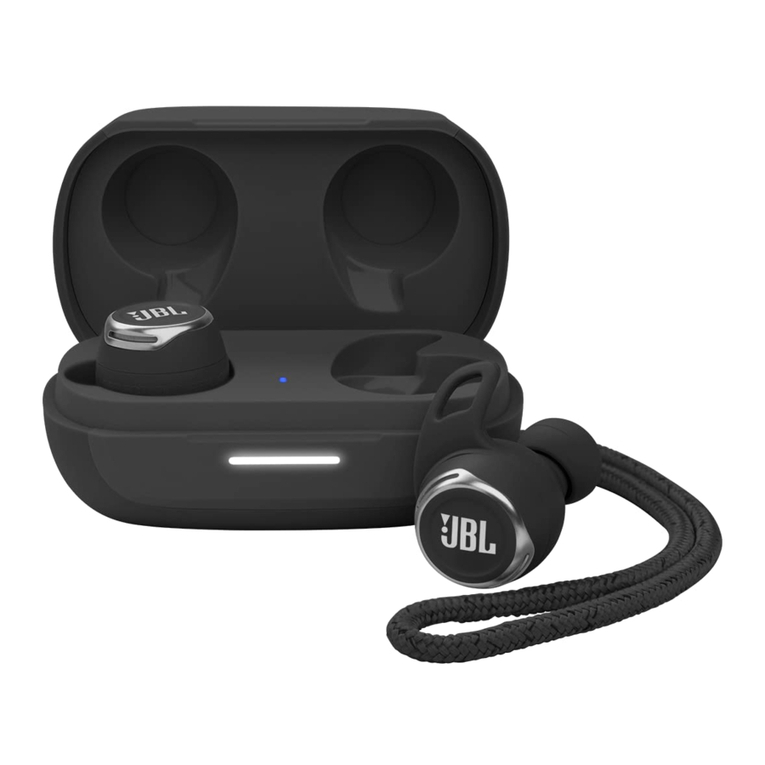
JBL
JBL Harman Reflect Flow Pro User manual
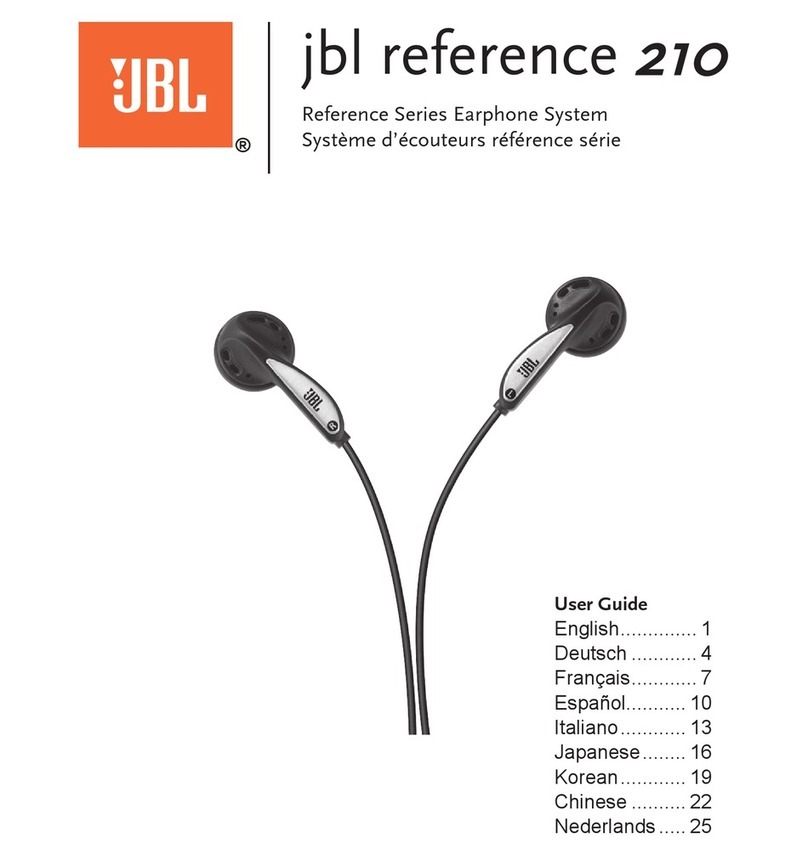
JBL
JBL Reference 210 User manual
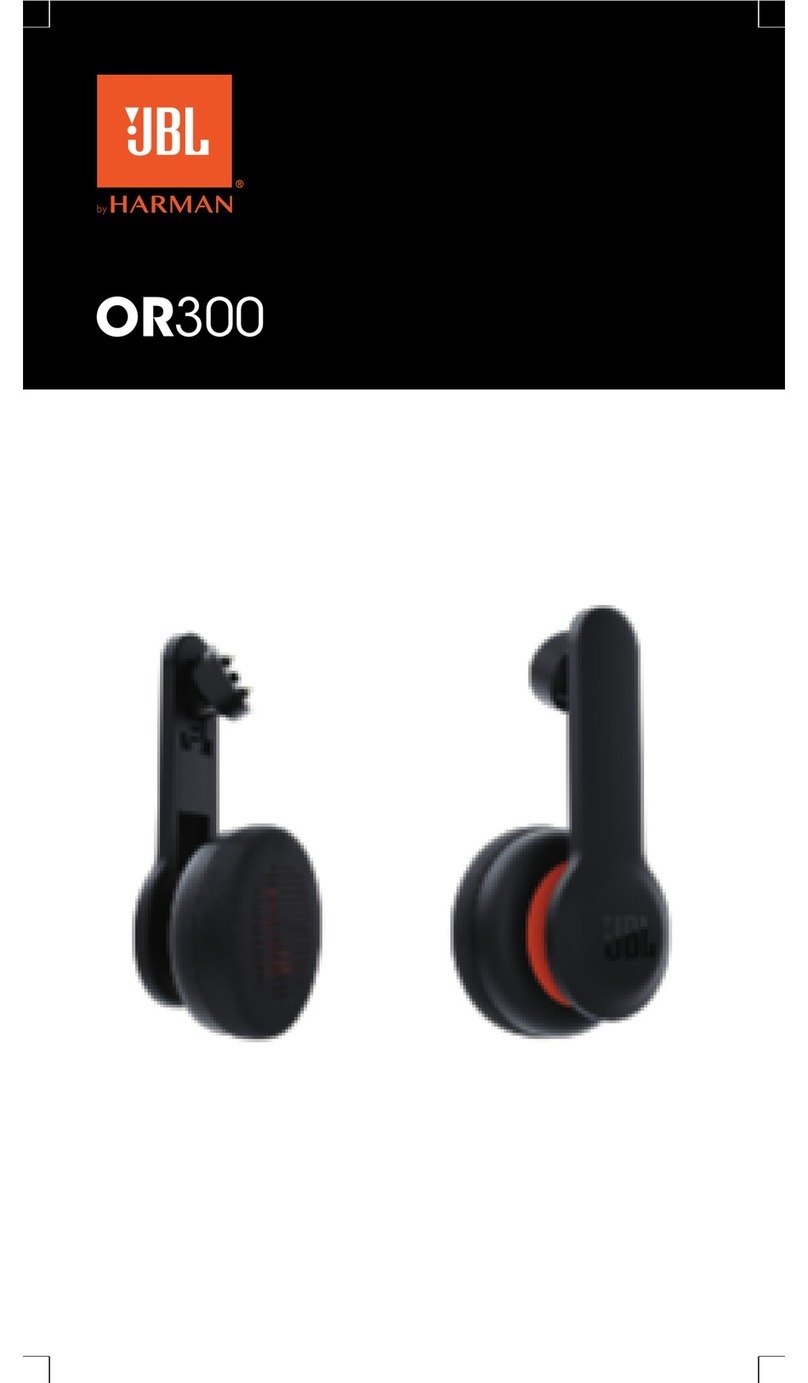
JBL
JBL OR300 User manual
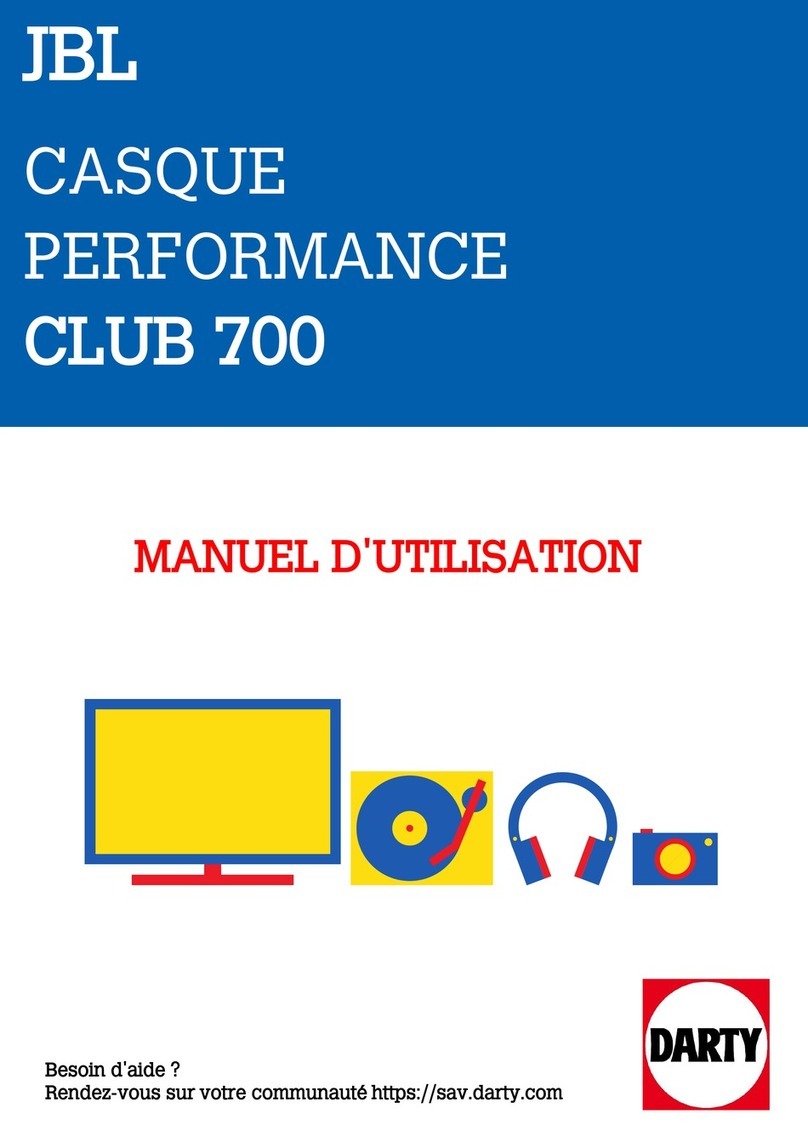
JBL
JBL CLUB 700 User manual

JBL
JBL Everest Elite 300 User manual

JBL
JBL Reflect BT User manual

JBL
JBL J33a User manual

JBL
JBL Focus 300 User manual
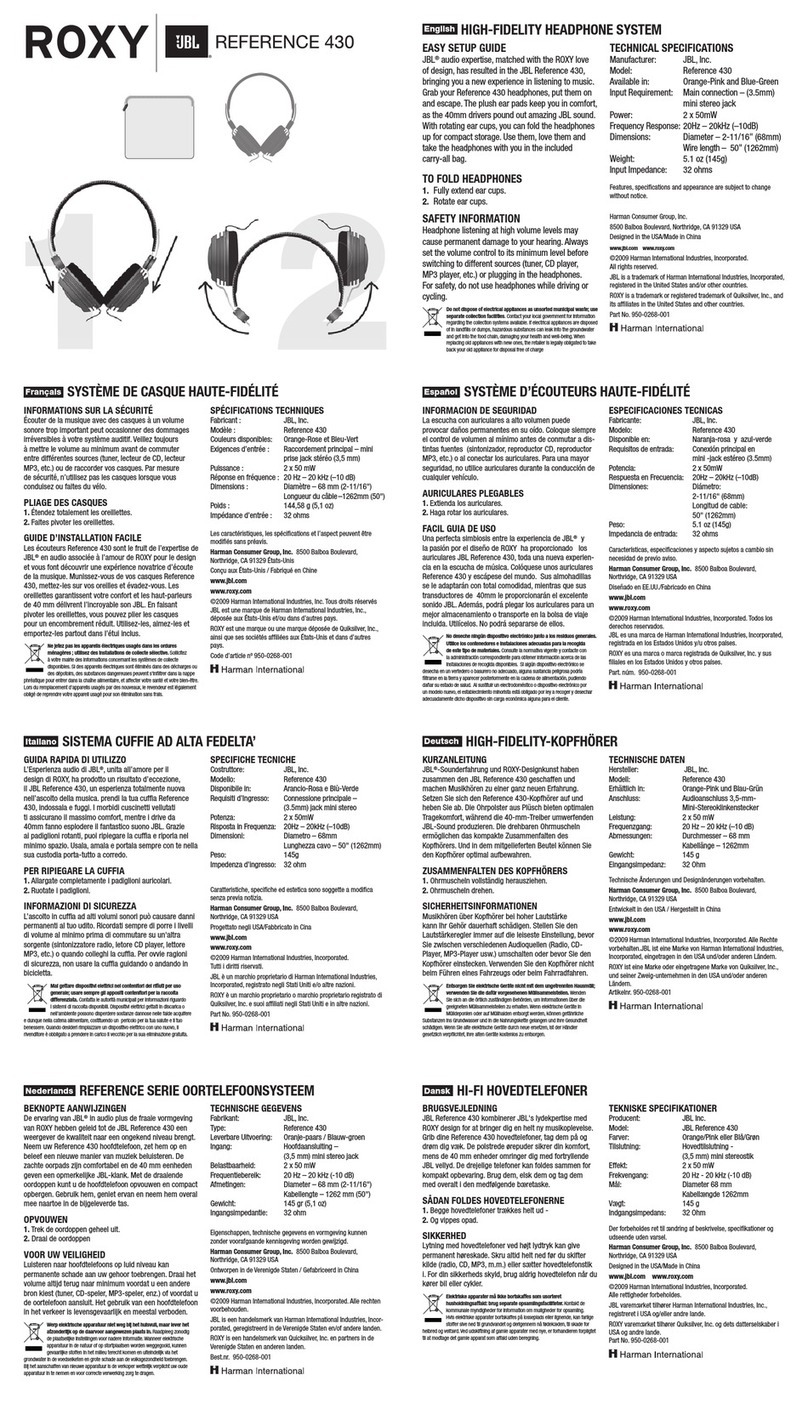
JBL
JBL ROXY REFERENCE 430 Quick start guide

JBL
JBL UA Sport Wireless Heart Rate Specification sheet
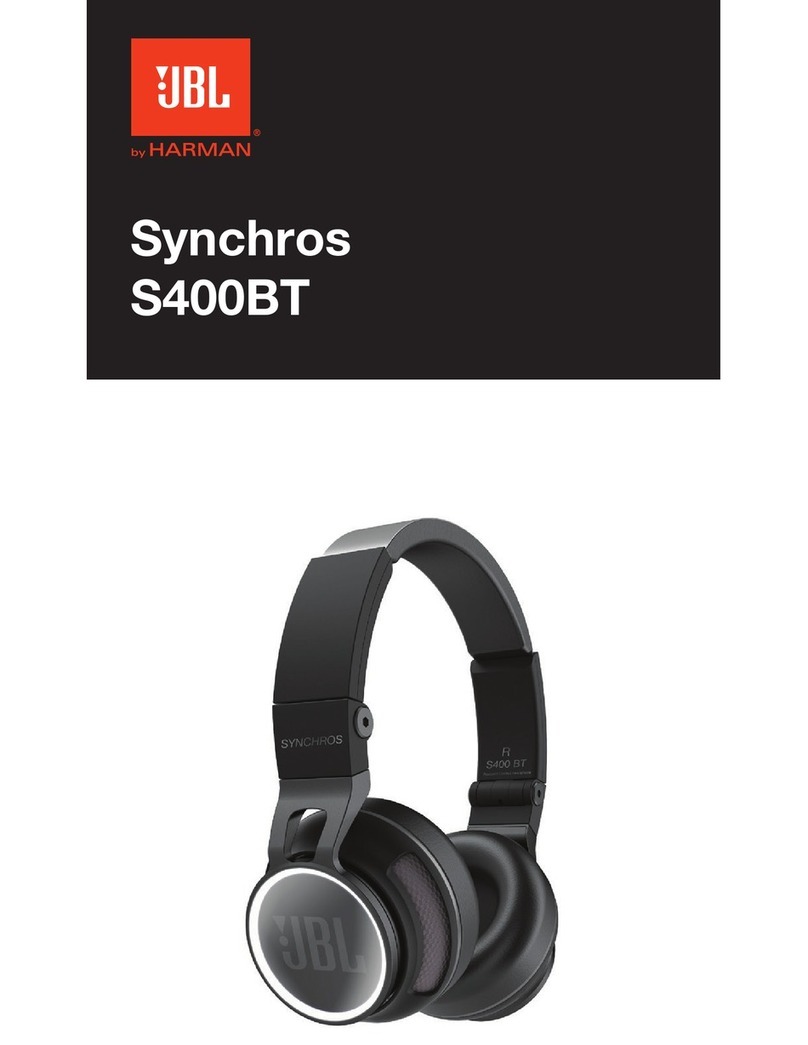
JBL
JBL Synchros S400BT User manual
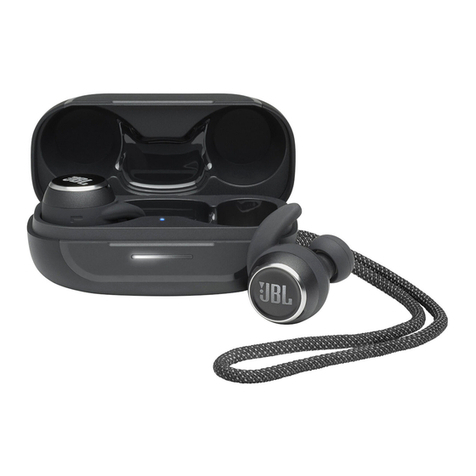
JBL
JBL REFLECT MINI NC User manual
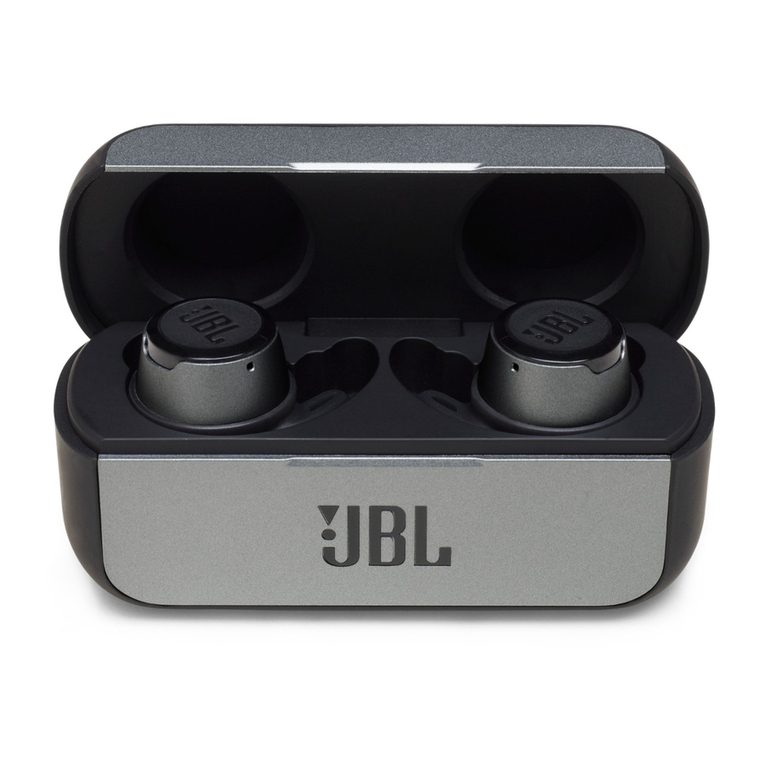
JBL
JBL Reflect Flow Operating instructions
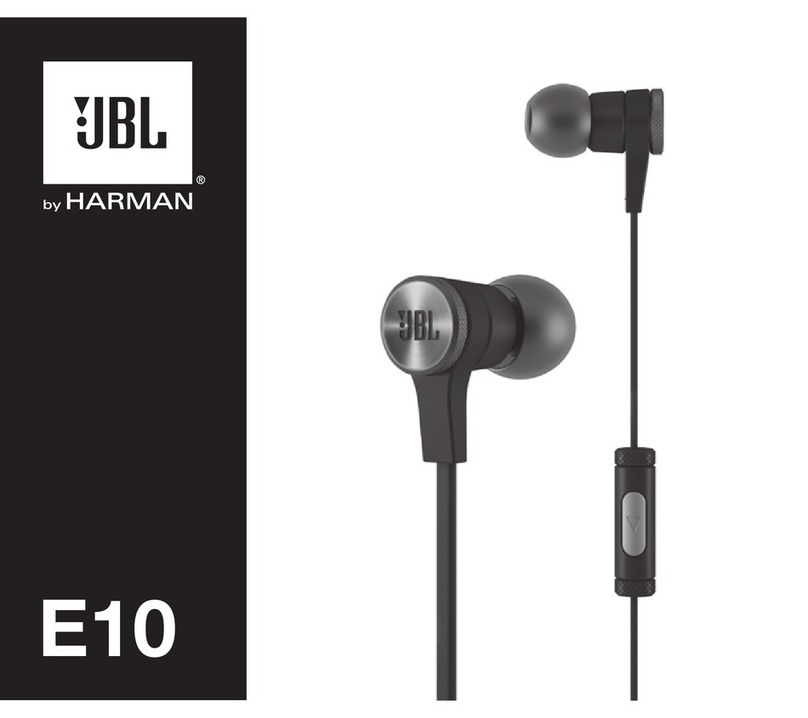
JBL
JBL E10 User manual
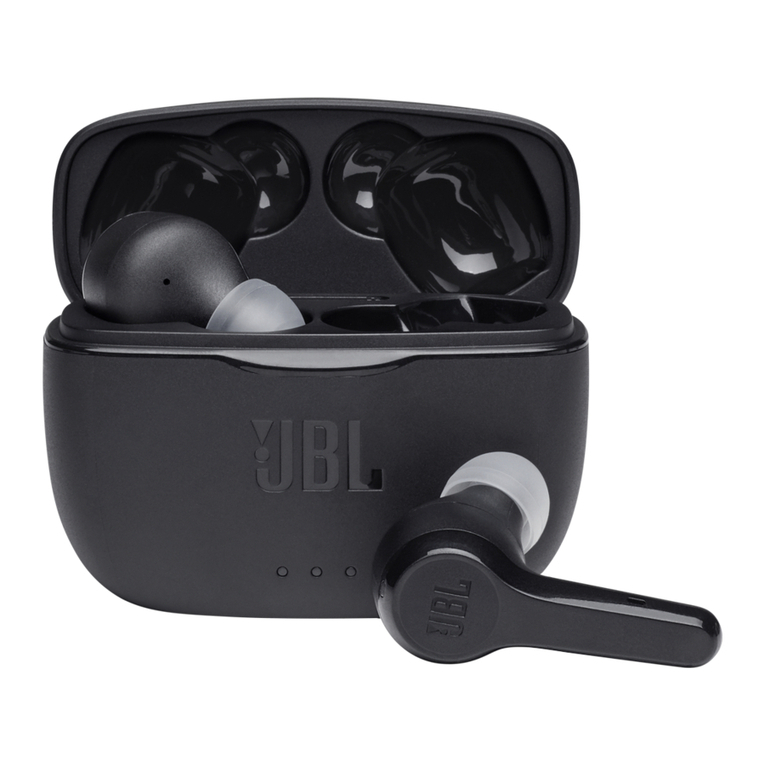
JBL
JBL TUNE 215TWS User manual
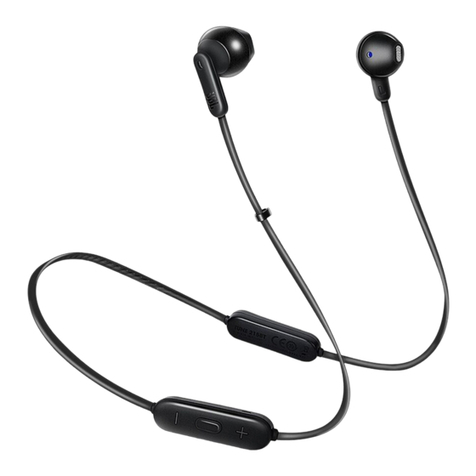
JBL
JBL TUNE215BT User manual

JBL
JBL Club 950NC User manual

JBL
JBL J56BT User manual
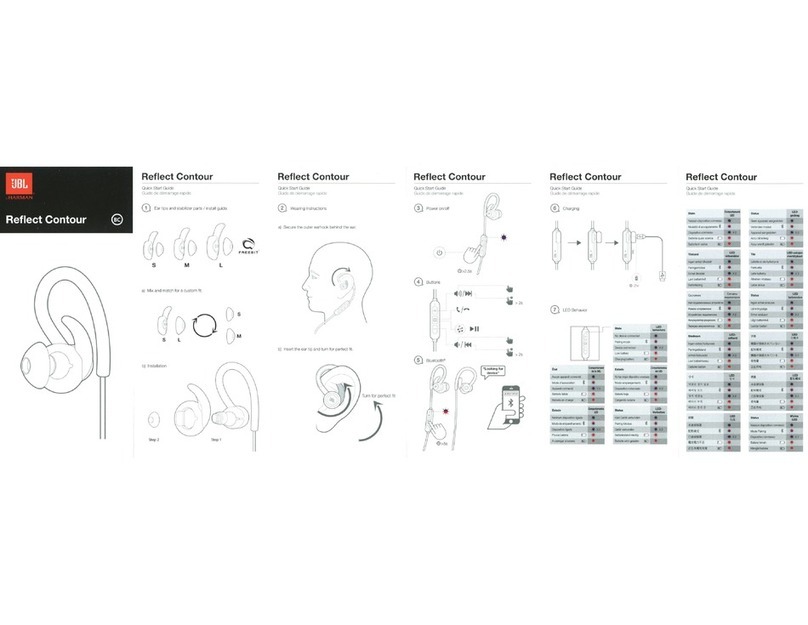
JBL
JBL 109RCNTRB User manual
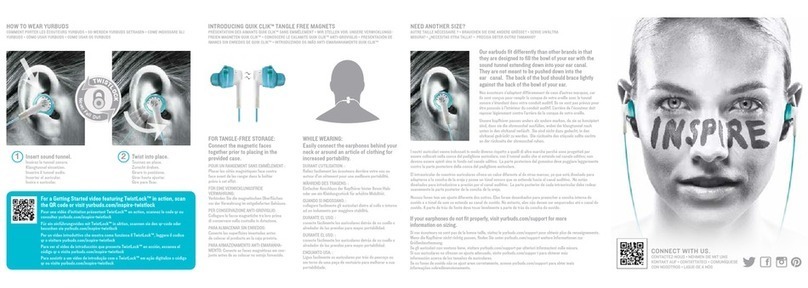
JBL
JBL Yurbuds Inspire 400 User manual
